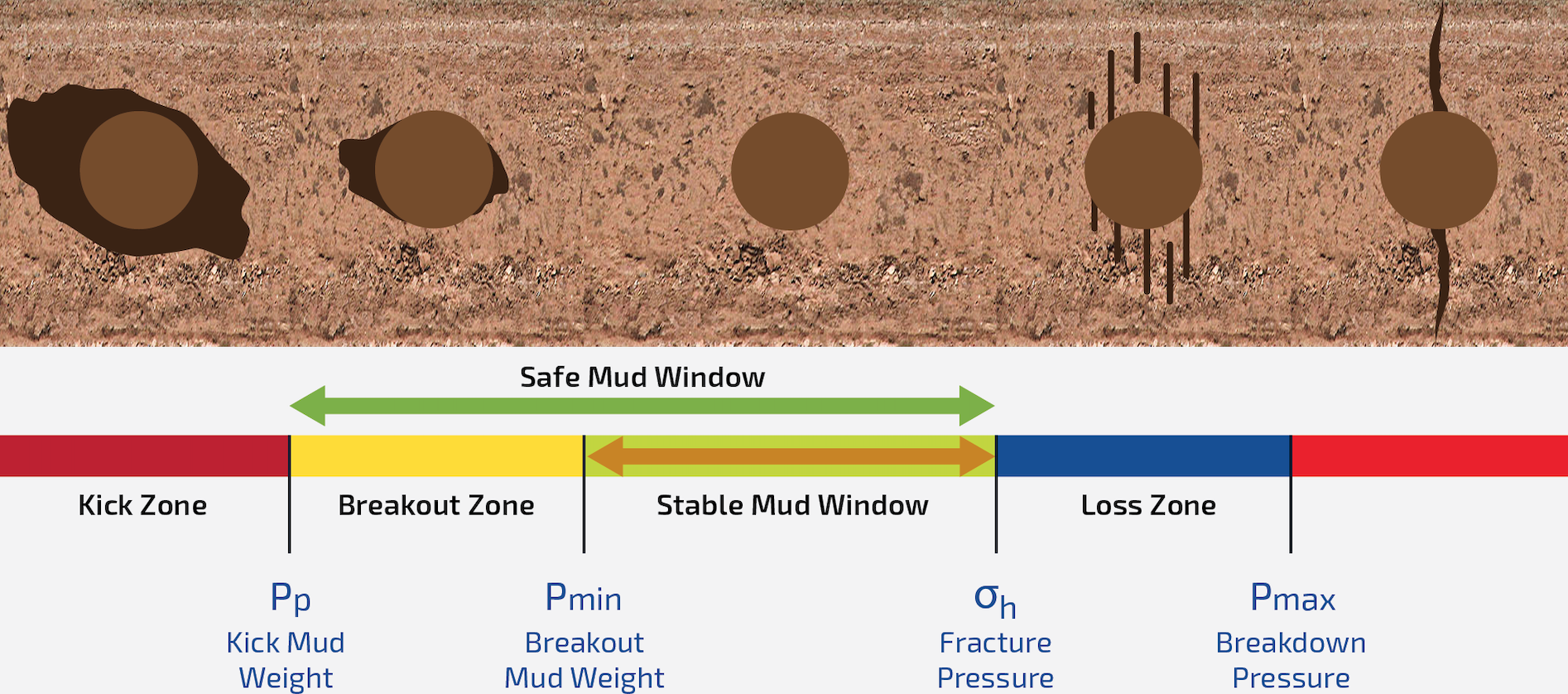

 As an experienced driller, I appreciate the detailed planning that goes into drilling a well. However, even the strongest strategy may require multiple revisions to adapt to today’s climate, with the need to bring oil to market more quickly despite persistent supply chain problems.
As an experienced driller, I appreciate the detailed planning that goes into drilling a well. However, even the strongest strategy may require multiple revisions to adapt to today’s climate, with the need to bring oil to market more quickly despite persistent supply chain problems.
In particular, the global steel shortage is driving many operators to consider reducing the number of casing sections in their wells. Since casing is used to maintain the integrity of certain well sections through the producing life of the well, the challenge becomes finding an alternate approach to protecting against potential wellbore instability issues.
For many operators, Impact’s Wellbore Shielding® technology is the solution to that challenge. Early in the pandemic, instead of scaling back on manufacturing, I made the decision to increase production to ensure our customers worldwide could continue to access the Impact products they depend upon for successful drilling operations. We have not always been able to execute flawlessly on this strategy due to personnel constraints and port issues beyond our control, but to my knowledge we have never failed to come through for a customer.
That’s particularly important given the current scarcity of steel. In drilling applications, the primary purpose of our Wellbore Shielding® fluid additives has always been preventing wellbore instability problems in depleted and mechanically weak formations. Our technology works with mud solids to quickly form an impermeable barrier on the face of the formation to prevent fluid and pressure invasion.
Many of our customers have discovered that same barrier can also serve to expand the mud weight window and allow for a deeper casing point in certain well sections. Our Wellbore Shielding® technology can allow an operator to increase their mud weight window by providing a higher dynamic fracture gradient or leak off pressure in the formation. Thus, the window between the pore pressure and frac pressure is increased, allowing the casing point to be extended.
For example, several operators in the Eagle Ford Shale in South Texas have repeatedly deployed Wellbore Shielding® technology to eliminate a casing string from the well design over the last several years. Customers in the Haynesville Shale spanning Arkansas, Louisiana and Texas have achieved similar results.
Now, in the aftermath of the pandemic, operators worldwide are following their lead. They see a clear advantage in deploying Wellbore Shielding® technology to overcome both wellbore instability and supply chain issues—saving $500,000 or more per casing string, reducing their total AFE and drilling wells faster to accelerate time to first production.
Reducing the number of required casing sections is one of the best ways to unlock more value from your drilling project. If you are exploring this strategy, please contact me so that we can share our expertise on the subject—not only in U.S. shale plays, but across the globe.
The chart below is depicting safe and stable mud weight windows, cited from: Abdideh, Mohammad & Fathabadi, Mohammad. (2013). Analysis of stress field and determination of safe mud window in borehole drilling. Journal of Petroleum Exploration and Production Technology. 3. 10.1007/s13202-013-0053-2.
